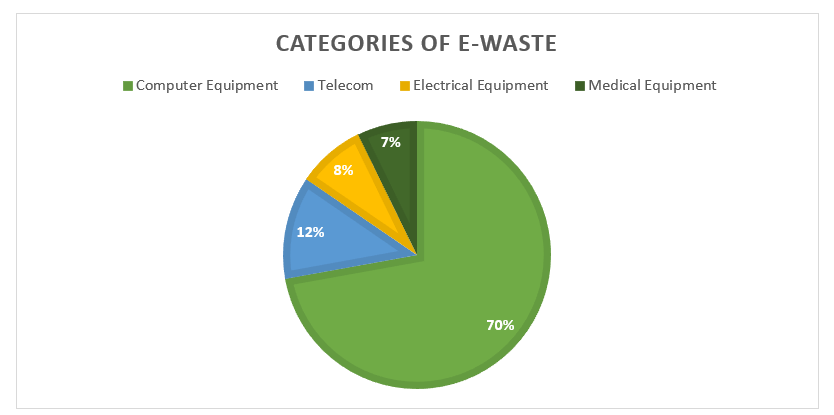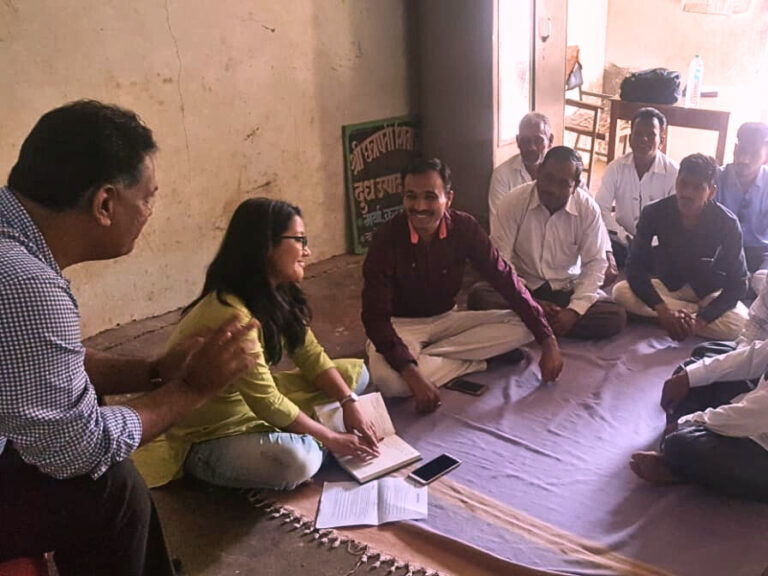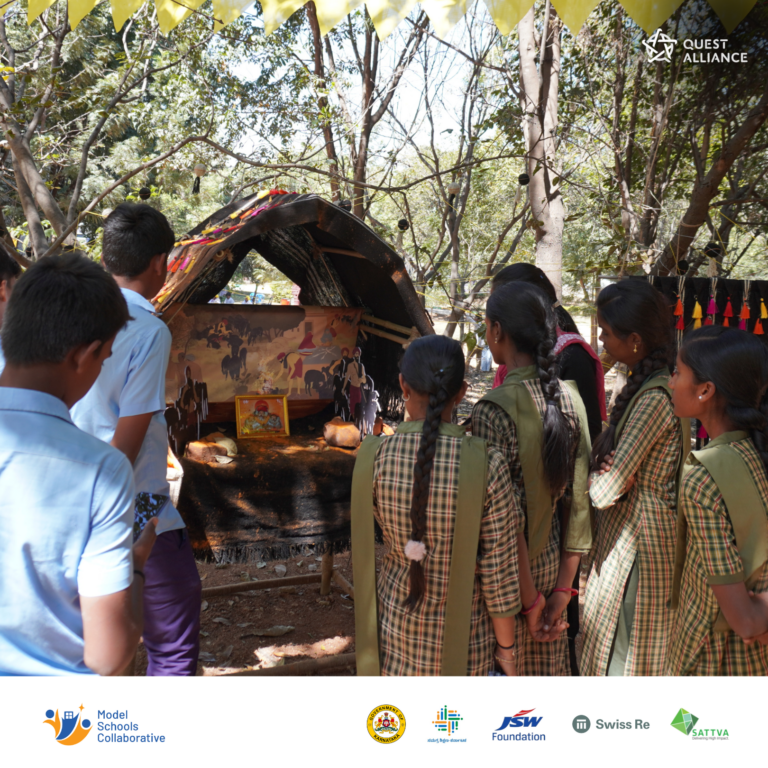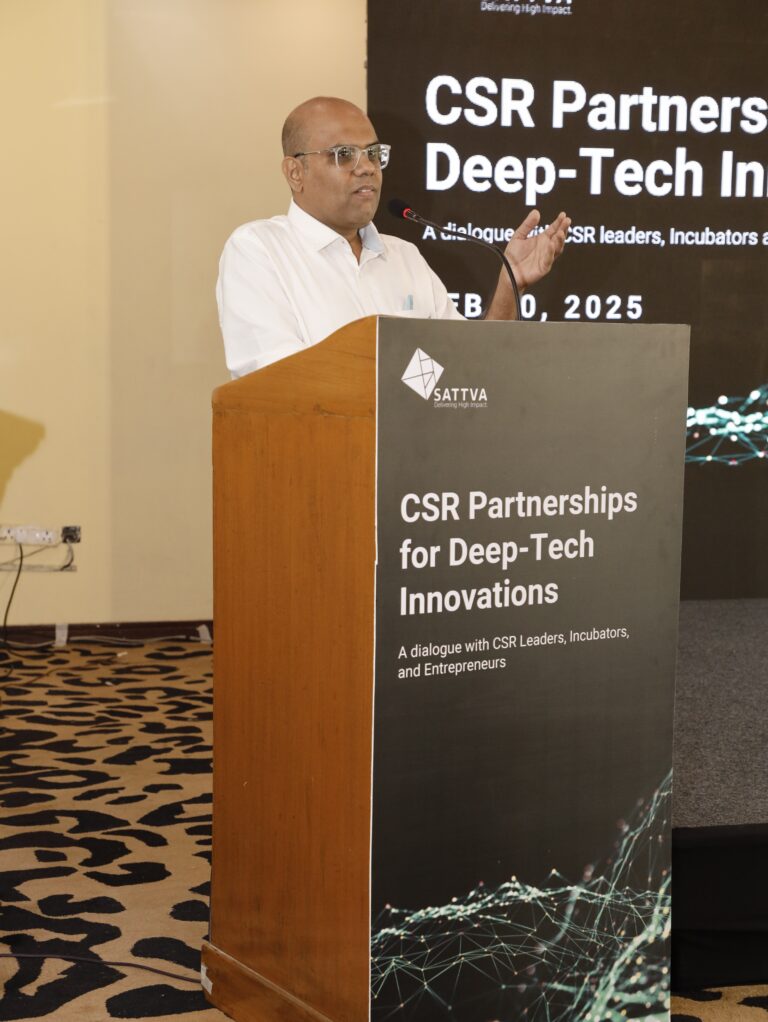By – Sheetal Kakkar and Aanchal Bindal (ESG and Sustainability Practice at Sattva)
Background
E-waste is referred to as the world’s fastest growing solid waste stream and the amount will more than double by 2050, reaching ~111 million tonnes annually. India generated 1,014,961.2 tonnes of e-waste in FY20, 771,215 tonnes in FY19 and 708,445 tonnes in FY18.
We are currently the world’s third largest e-waste generator, producing over 3.23 million metric tonnes per year, only behind the US and China. Increasing consumption of electronics induced by the pandemic, led to digital learning, work-from-home models and the digitization drive which caused the volume of e-waste to rise nearly 43%.
Seelampur in the national capital is India’s largest unorganised recycling hub where 30,000 tonnes of e-waste are unceremoniously dumped without any treatment every day. We know that the waste management value chain is largely informal with almost 95% of e-waste being recycled in a crude manner- either burnt or dumped into landfills. Electronics contain toxic materials like lead, zinc, nickel, flame retardants, barium, and chromium. These chemicals, especially lead, if released into the environment cause damage to human blood, kidneys and nervous system. Irresponsible disposal of e-waste in landfills causes the toxic materials to seep into soil and contaminated groundwater, affecting all forms of lives, directly or indirectly.
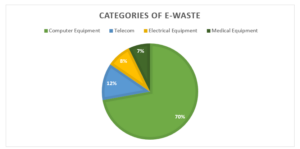
Urban areas have been the biggest contributors to the generation of e-waste as nearly 70% of e-waste comes from computer equipment. Telecom is the second largest driver of e-waste as India evolves digitally and the mobile phone revolution continues to unfold in rural areas. The impact of pandemic is explicit in terms of the dependency of humans on electronic gadgets.
In this article, we explore the some scenarios of the future of E-waste, some opportunities and challenges, and their impact on our world:
—————————-
To save a copy, do click on the ‘Download’ link on the right side of the page.
—————————-
Sattva has been working with various non-profits and social organisations as well as corporate clients to help them define their social impact goals. Our focus is to solve critical problems and find scalable solutions. We assist organisations in formulating their long-term social impact strategy by strategically aligning with business to provide meaningful solutions to social issues.
If you have any such stories or ideas to share, please write to us: esg@sattva.co.in
